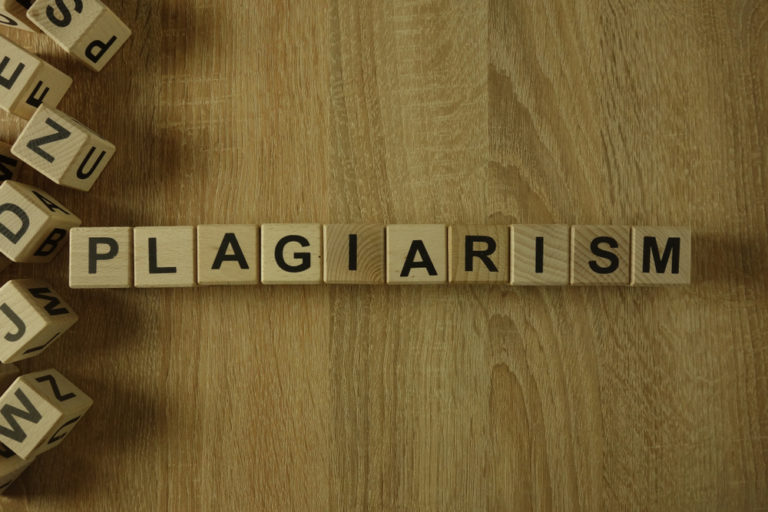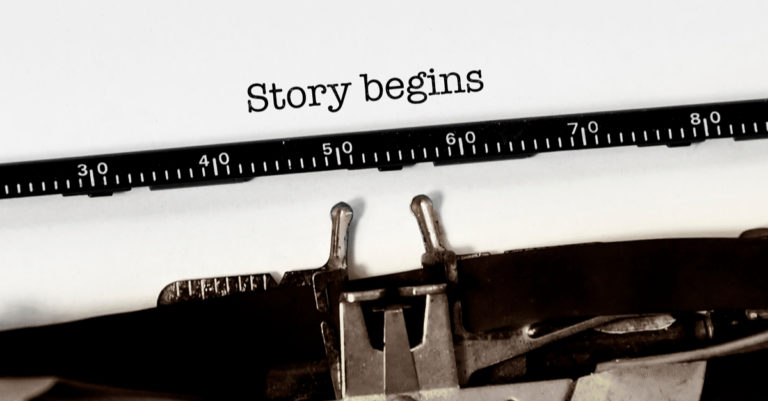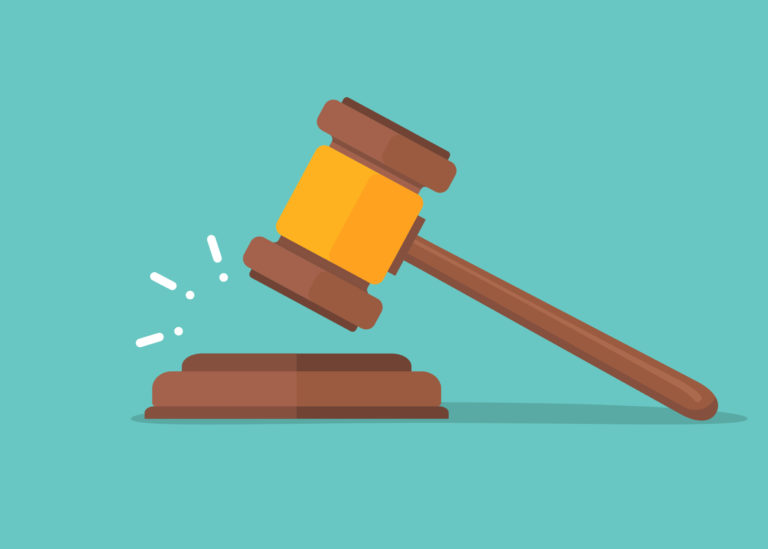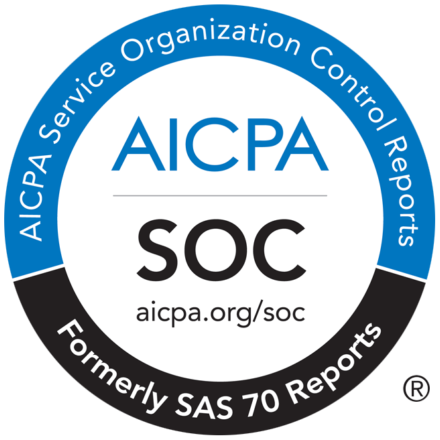Plagiarism always denotes Imitation of one’s writing or thought. One can be motivated and get the idea to create something new from existing writing. But, that newly created writing must be unique with its message. Otherwise, it can contribute to the plagiarism cases in India.

There is always a tendency to avoid plagiarism. When a person is habituated with this, it becomes a necessity.
It happens when:
- The writer has poor time management skills.
- There is an expectation that one will produce bulk work in a short time.
- The student or research fellow has a dream to prove him/her as a better performer.
- Lack of self-confidence
- If there is no plagiarism checking system, some of the writers feel free to be unethical.
When Was the Plagiarism Performance Rate Highest
In the period between 2007 and 2011, there were the highest plagiarism performance rates.
As a result, in 2015, the university grants commission has been declared mandatory in India to check a Ph. D. thesis with anti-plagiarism software. On 26th June 2016, India’s Government has decided to bring a law to resist this activity.
The punishments are different as per the pattern of plagiarism and the performer of the activity. The penalty of plagiarism in the Indian academic field may affect the performer student’s de-registration and the teachers’ suspension from their present designations.
5 Famous Plagiarism Cases in India
Well, plagiarism is not just a common phenomenon among the students. However, it is a common practice that even eminent journalists and researchers cannot avoid. Here are the examples of five famous plagiarism cases in India, which people may not believe easily.
- Five Plagiarized Article on Indian Foundation Website
According to a report published in the Logical Indian, May 10, 2018, five articles there on the Indian Foundation website are not original, instead plagiarized. The shocking fact is that this right think tank website has an association with big names such as Nirmala Sitharaman, Swapan Dasgupta, MJ Akbar, and others.
The report mentioned five articles are being plagiarized, allegedly by one writer, Siddharth Singh. Those five articles are; ‘US-China trade war and its impact on India,’ ‘India & BRICS: Working together to usher in the second “Golden Decade” of BRICS cooperation,’ ‘Security outlook of Indian Ocean and India’s Geo strategic interest in the IOR,’ ‘Xi Jinping: President for Life,’ and ‘Quadrilateral Partnership for Free and Open Indo-Pacific.’
The instances of plagiarism cases in India are quite blatant in these five articles. A word-by-word copy is quite evident from the article. The report shows that the author has copied directly from several reputed sources without proper citation, acknowledgment, and quotation marks.
Even though the author has apologized for it, it does not diminish the act’s seriousness when pointed out by the readers. A question arises of how a website backed by so many eminent personalities can publish something that is not original. It raises questions against the credibility of the site.
(Source: https://thelogicalindian.com/story-feed/awareness/plagiarism-india-foundation/)
- Chemistry Professor Accused of Plagiarizing More Than 70 Articles
University Executive Council of the Sri Venkateswara University banned their chemistry professor accused of plagiarizing not just one or two research papers, but almost seventy of them. Almost all these research papers were published between the years 2004 to 2007. The institution banned the professor from taking any research guidance along with the upcoming examination works.
(Source: https://www.chronicle.com/article/indian-chemist-is-found-to-have-plagiarized-and-falsified-articles/)
- Kavya Viswanathan Was Accused of Plagiarism for Her Debut Novel
Harvard student came up with her debut novel, “How Opal Mehta Got Kissed, Got Wild and Got a Life,” only to face a severe accusation of plagiarism. Scholars accuse her of lifting sections from “Sloppy First and Second Helpings,” written by Megan McCafferty. In the year 2006, in Harvard Crimson, the university newsletter there was the publication of the lifting details.
Now, the charges almost ended the career of this author. However, according to her, those similarities were unintentional. None believed her. Her contracts for the few other books were called off and the movie deals that she made.
(Source: https://m.timesofindia.com/life-style/books/features/5-authors-who-have-been-accused-of-plagiarism/amp_articleshow/58593060.cms)
- Stanford University Wrote to Late President Apj Abdul Kalam About Prof. Rajput’s Plagiarism
In the year 2002, in October, Late President APJ Abdul Kalam received a letter from Stanford University. The letter claimed that physicist; Prof. B S Rajput has blatantly copied from other sources. One of the signatories of this letter was Renata Kallosh.
She claimed that an entire research paper of hers has been used without her acknowledgment. Stanford was shocked by the fact the person who committed the heinous act was not punished. During this time, Prof. Rajput was the Vice-Chancellor of Kumaon University. However, after the investigation and after the completion of the investigation, Prof. Rajput has to resign from his post.
(Source: https://thewire.in/education/in-india-you-can-plagiarize-and-flourish)
- Plagiarism Accusation Against Dr. Sangiliyandi Gurunathan and His Group
The Nov/Dec 2010 edition of the Biotechnology Advances journal brought out a notice that accused Dr. Sangiliyandi Gurunathan and his group of plagiarizing an article on “Division of Molecular and Cellular Biology,” Kalasalingam University. The accusation led to the retraction of the paper from the journal.
Now that one knows about the famous plagiarism cases in India, they should remember the following ways to avoid plagiarism:
(Source: https://en.m.wikipedia.org/wiki/Scientific_plagiarism_in_India)
Find out what's in your copy.
Get started with Copyleaks for free today!
Novice Writers Should Know About the Plagiarism Context Activity
Several publications make money from the authors and publish whatever is provided. These publishers never check for plagiarism and edit them efficiently. Unfortunately, the willingness to be writers gets the scope to publish their writing even before they acquire that many qualifications, and they also spend money to publish.

The numbers of these kinds of publication houses are increasing incessantly to make use of novice writers. From 2002 to 2016, there are 385 publishing houses identified with the plagiarism context activity. Writers, following these publication houses, can never gain real success in their lives.
Students Should Be Aware of the Types of Plagiarism
In the case of academic plagiarism in India, there are certain mentionable factors. Students in higher education are not well aware of plagiarism. These days, students in schools and colleges, research fellows know that citation is necessary to avoid plagiarism.
In this case, most of the time, they are reluctant to know all the mention able types of plagiarism.
- They are well aware of Direct Plagiarism. Here the writer copy-pastes or paraphrases any existing content.
- Many students cannot notice their self-plagiarized papers or projects, and they copy their previous work in the fresh one. They do not perform it consciously. Most of the time, they do not run the new content in any anti-plagiarism software. They submit the self-plagiarized paper and face unexpected miserable consequences.
- The conscious Plagiarism performers practice Mosaic Plagiarism. In this type of task, the writer copies from different sources and make a collage of them. To be on the safer side, they paraphrase the content.
- Accidental plagiarism happens when the writer performs plagiarism in different ways in his/her unconsciousness. Here the punishment is a little less. Sometimes, the writer forgets to mention the quotation mark.
Any existing write-up can influence a person. They narrate the content, and it looks like a paraphrased one. Here, the authority considers the matter in its way.
Knowledge Should Be There About Scientific Plagiarism in India
There is a burning issue of scientific plagiarism in India. In this field of science, one expects every research to be unique for proper growth in civilization. Here, plagiarism harms the most. If detected, several scientific research fellows and scientists are removed or demoted. This misdeed affects their career in the long run.
Detection of scientific research paper plagiarism is possible with high-tech software. As because there is no steadfast rule to capture this form of plagiarism, the Indian Society for Scientific values have taken the responsibility. They keep an eagle’s eye on the papers to maintain the Indian ethics intact.
Know About the Parameters Before Submitting Research Papers
Many of the institutions do not indicate the exact limit of plagiarism acceptance. Plagiarism in Research papers has become very common. The detected similarity in one’s intellectual property does not always mean that the paper is subjected to be rejected all the time.
There are specific parameters. Indian Institutions accept 50% similarities. If the match score is up to 24%, then one can considere it as genuine content.
If it is more than 24% and less than 50%, it gains a yellow score. The majority of the institutions accept write-ups with this score. More than this percentage is alarming. Amber and Red score denote them.
Myths Regarding Anti-Plagiarism Software
Several Writers have some false beliefs regarding antivirus software. However, they must rectify them, and those myths are the following:
- For instance, people believe that software applications are not secure. However, such is not the case because they are entirely secure.
- In addition to that, there is another myth: most of the applications are not costly at all.
- Above all, there is a myth that many provide free of cost service to a specific word limit regularly.
Conclusion
Therefore, one can say that there are pupils with a tendency to break the rule. However, there are plagiarism executers who know very well that plagiarism is stealing. Even after that, they perform the task to avoid hard work.
In other words, one can say that they feel that they would be able to astonish their friends with this kind of task. However, they forget that such deeds always caught red-handed.

Above all, there is an ever-growing updated software, such as Copyleaks, and new laws never entertain such activities so casually. Therefore, one accuses the students of plagiarism and, accordingly, punishes them.


